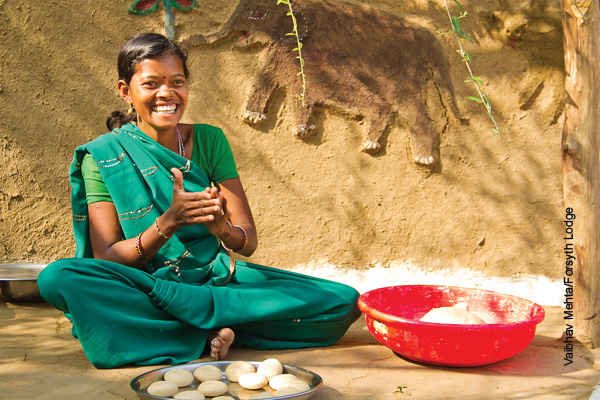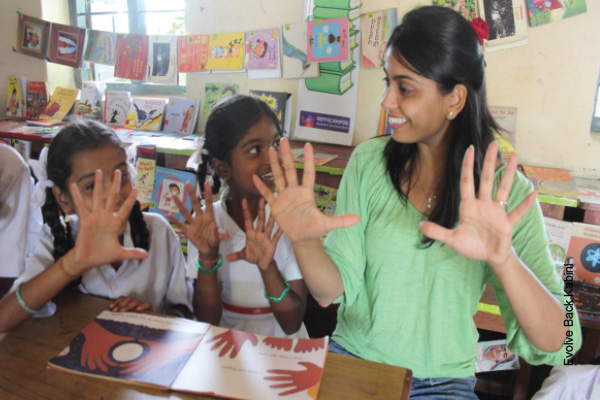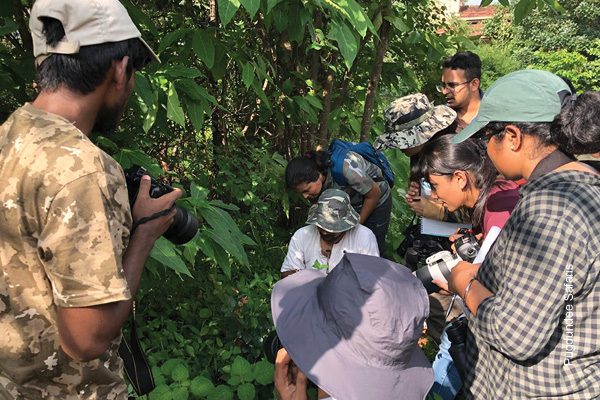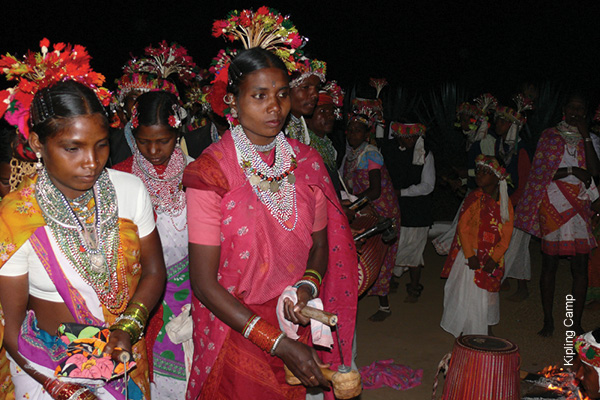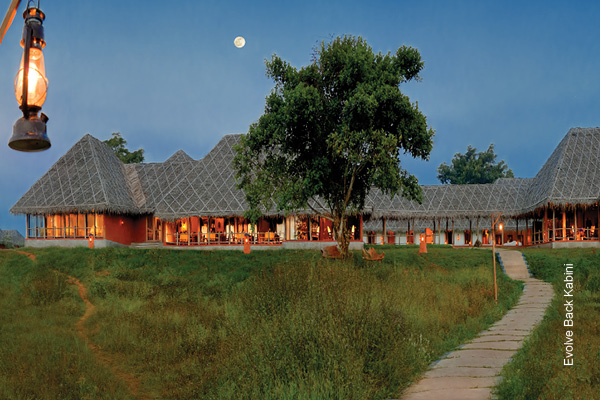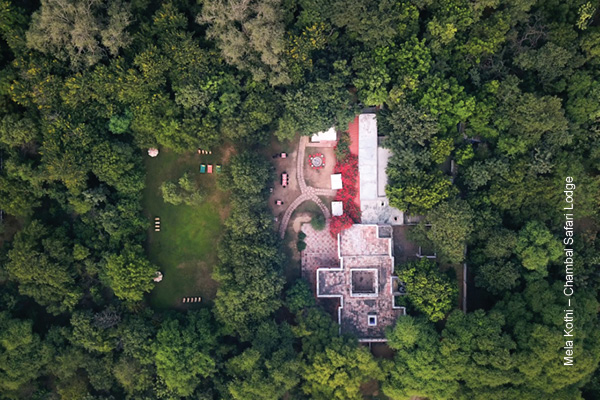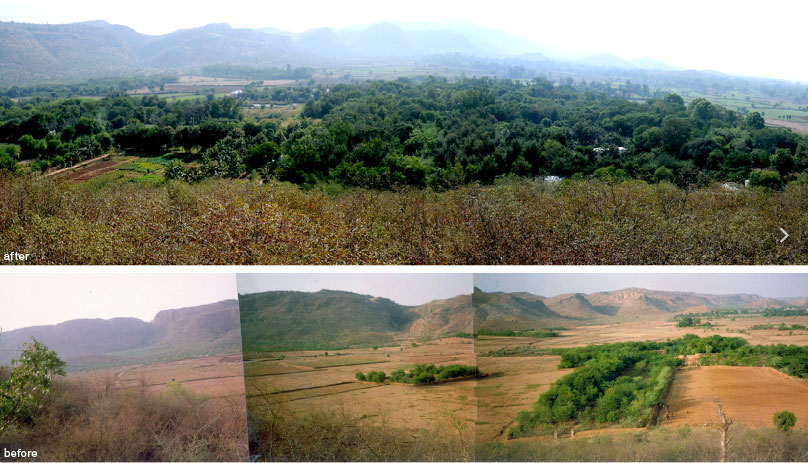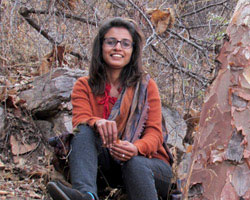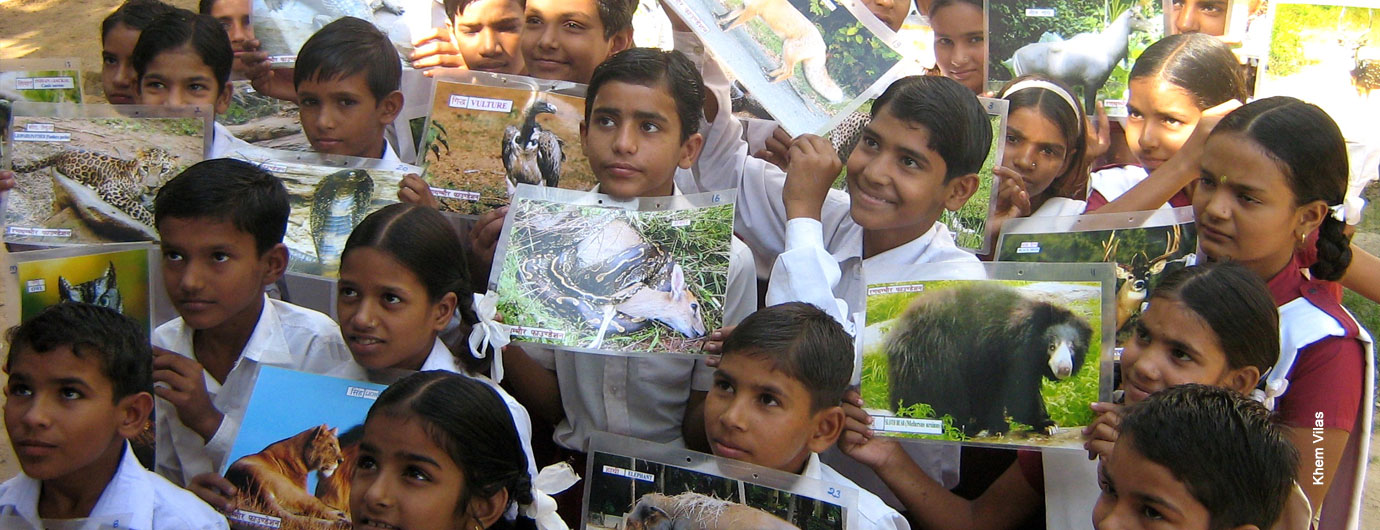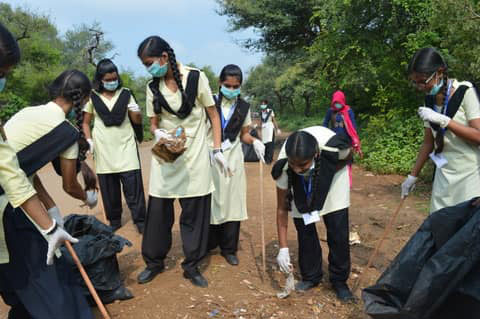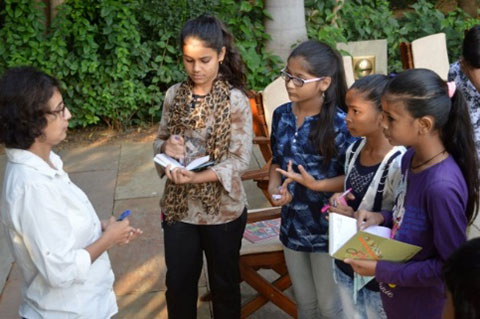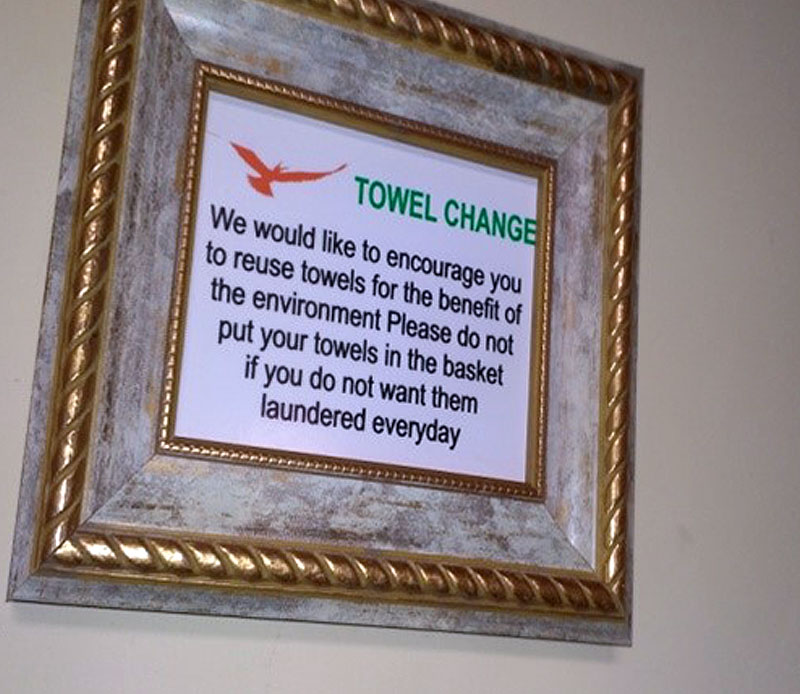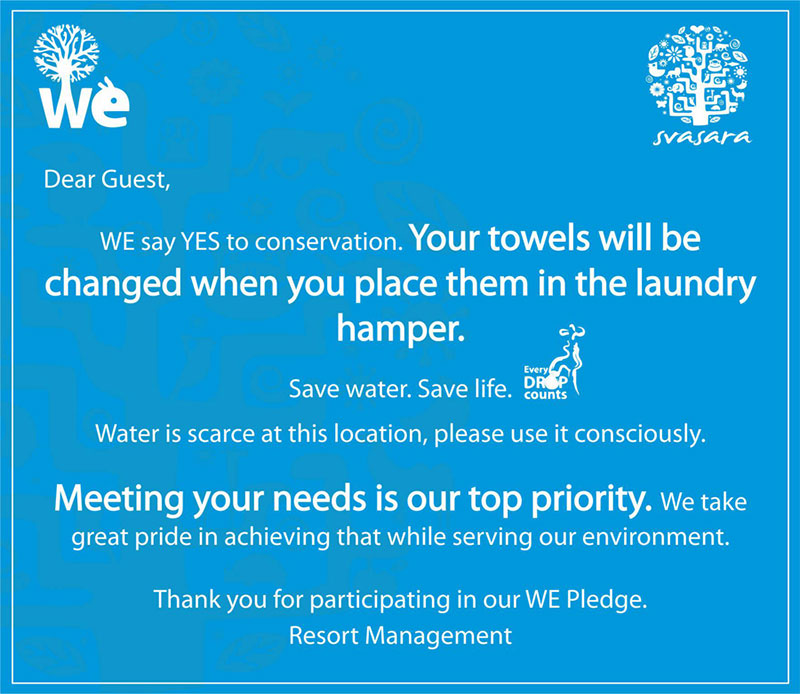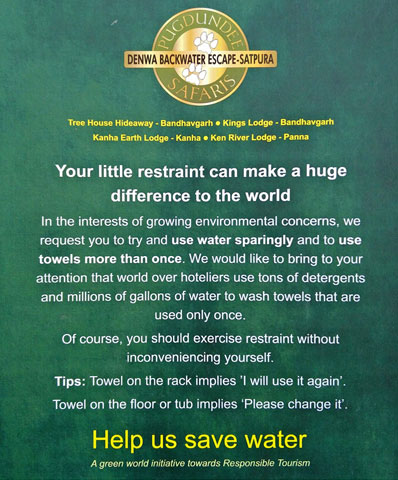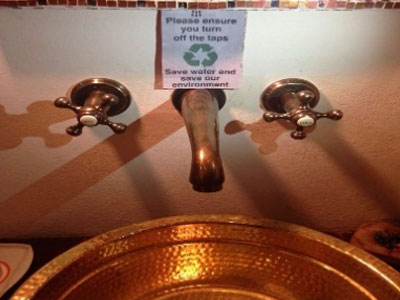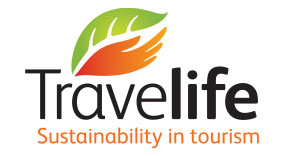People, landscape and sustainable tourism - a visionary approach to conservation
Khem Villas, Ranthambhore
The Rathore family lie at the heart of an inspiring story of landscape restoration, sustainable tourism and visionary community support which have helped to transform Ranthambhore’s fortunes over the years into a conservation success story.
Long before Khem Villas became a jungle camp, Dr Goverdhan Singh Rathore, son of legendary Fateh Singh Rathore, Ranthambhore’s most celebrated Director, transformed 25 acres of once ravaged desert land on which the lodge now stands into a thriving wilderness haven. Extensive planting with indigenous shrubs and trees and six lakes dug to harvest monsoon rains, have created a mosaic of forest, open grasslands and watering holes. The grounds are now home to more than 180 species of birds, 45 butterfly species, crocodiles and a host of mammals for guests to enjoy.

More than 600,000 trees have been planted in villages around Ranthambhore with support from Dr Rathore’s foundation, the Prakratik Society. Farmers have been provided with seedlings to grow their own wood plantations rather than cutting down the existing forest. In addition, over 600 households have benefitted from biogas digesters for cooking to improve lives and replace wood previously collected from the forest. Support for animal husbandry has seen an improvement in milk yields from fewer stall-fed cattle, an additional measure to reduce grazing pressures on the park.
The Society works closely with Tiger Watch, an NGO started by Goverdhan’s father to find alternative employment for the Moghiya community, for centuries poachers, with tourism bringing alternative income opportunities. Tiger Watch’s Village Wildlife Guardians programme, run with Goverdhan’s support, with TOFTigers a founding funder, is providing intelligence and changing local perceptions to prevent poaching and wildlife/human conflict.
The Society works closely with Tiger Watch, an NGO started by Goverdhan’s father to find alternative employment for the Moghiya community, for centuries poachers, with tourism bringing alternative income opportunities. Tiger Watch’s Village Wildlife Guardians programme, run with Goverdhan’s support, with TOFTigers a founding funder, is providing intelligence and changing local perceptions to prevent poaching and wildlife/human conflict.
A multi-specialty hospital and outreach medical camps run by the Prakratik Society for Ranthambhore’s poor are also helping to change poaching habits with Tiger Watch providing free support where possible. For those not yet converted, the Society operates a legal cell to help prosecute poachers and to train and support forest officers.
The Society’s Fateh Public School serving 400 pupils aims to change perceptions and instill pride in natural heritage amongst the locality’s young people alongside providing a quality education. Khem Villas’ world-class naturalists lend their expertise to the school and the community to spread conservation awareness besides inspiring lodge visitors. Mittal Gala, joint runner-up in TOFTigers 2016 Lodge Naturalist of the Year Award, is Ranthambhore’s only female naturalist.
The combined efforts are paying off. Tigers have recovered since 2003, from eleven individuals to over 70 wild tigers today living alongside the Reserve’s local communities and inspiring visitors. A win-win for conservation, communities and the local economy.
Conserving water
Svasara Jungle Lodge encourages its guests to reuse towels and linen as part of their approach to saving and recycling water. Read case study.
References
[1] State of the World’s Water 2018: The Water Gap, WaterAid
[1] Composite Water Management Index (CWMI), A national tool for water measurement, management & improvement, Amitabh Kant, Niti Aayog, 14 June 2018


